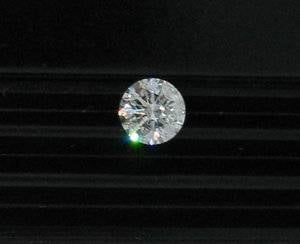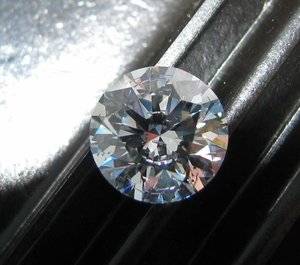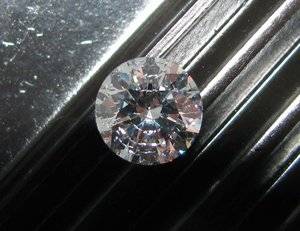secretagentdee
Rough_Rock
- Joined
- Sep 25, 2019
- Messages
- 99
Rough grown via CVD is more controlled - thus the ability to eliminate nitrogen - resulting in higher colors and Type IIa diamonds. In nature only around 2% of mined diamonds are Type IIa
That's the way it is.I thought it was the other way around, no?
That's the way it is.
https://www.gia.edu/identifying-lab-grown-diamonds This is best explanation I've read - from the GIA. Note, they've installed their own CVD technology to study Lab created stones.
HPHT diamonds have never been nitrogen free. Only Type IIa diamonds are nitrogen free. These GIA writings are also fairly outdated due to the rapid advancement of CVD R&D. CVD appears to be THE preferred process of manufacturers.



Just chiming in here but if you look at vendors that sell CVD instead, they say the opposite to BTD.Apparently, most colorless HPHT diamonds ( and they certainly exist) are Type IIa. Supposedly, CVD is the preferred price because it’s cheaper and easier. Though I’d like to have this verified by someone who’s not selling HPHT diamonds exclusively:
https://betterthandiamond.com/pages/HPHT-for-Diamonds,-explained.html


Just chiming in here but if you look at vendors that sell CVD instead, they say the opposite to BTD.
I looked at the BTD lab diamonds when searching for mine and all I can say is they were selling one that looked like this ....
Needless to say I then started looking elsewhere.
ETA: CVD vendors talking about CVD vs HPHT
https://www.shiels.com.au/blog/luminare-diamonds-lab-grown-diamonds
https://www.lgdtrade.com/blog/guide-on-cvd-chemical-vapor-deposition-diamonds/
And vendor who seems to sell both types
https://www.mygemologist.com/learn/lab-grown-diamonds/how-are-lab-grown-diamonds-made/
Thanks for chiming in and wow, what was the clarity of that BTD stone? I contacted them recently, but was told they can’t provide pictures of individual stones, which was a no go for me. They do seem to have mostly D color stones, but seems like clarity can be an issue. Thanks for the links also!
HPHT is the better one to choose.
Exactly. Here's an explanation that I like from a vendor who seems to sell both. It's similar to rhe Wikipedia write up and is consistent with what the gia people told us at the g2gI think the current CVD vs HPHT debate is a bit meaningless. HPHT is technically the older technology, and was used mainly to first create industrial diamonds. The diamonds in the early HPHT tech were brown and not suitable for jewelry. CVD came along and got really good at creating yellow fancies and later started gem quality white diamonds, with some tint to them.
However, both of these technologies have gotten MUCH MUCH better in the recent years. So like any technology, what we really should be talking about is generations. A cheaper Russian producer might be on an older generation of HPHT that might have problems compared to a later generation of CVD or vice versa.